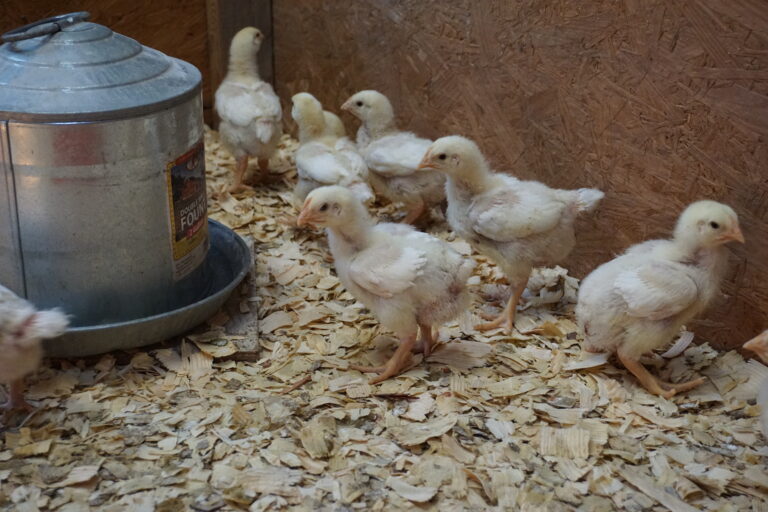The U.S. Department of Agriculture says the top 10 importers of U.S. poultry have put some restrictions in place — largely banning chicken and turkey products from specific counties or regions in the U.S. Seven years ago, several countries banned poultry from the entire U.S. because of a bird flu outbreak.
More than 80 countries have put restrictions on imports of U.S. poultry products out of fear of bird flu spreading from American farms to their shores.
During the bird flu outbreak of 2014-2015, roughly half as many countries barred U.S. poultry. But those bans applied to any American poultry. This time, more nuanced trade policies parse their import restrictions to poultry from specific counties or regions in the U.S. where a highly contagious form of bird flu has been detected.
“There is a large reduction in the size of restricted zones from past outbreaks,” Mike Stepien, a spokesman for the U.S. Department of Agriculture’s Animal and Plant Health Inspection Service, wrote in an email to Harvest Public Media. “Previously, several countries restricted the entire United States, and many countries implemented state-wide restrictions.”
Stepien said Argentina, South Korea and Thailand have banned live poultry from the entire U.S., but no countries have put restrictions on the whole U.S. for poultry meat and meat products, as some did in the 2014-2015 outbreak.
The top 10 importers of U.S. poultry are Mexico, China, Canada, Cuba, Guatemala, Taiwan, the Philippines, Angola, Columbia and Vietnam. All have placed restrictions on U.S. poultry.
“It’s not unexpected,” said Jim Sumner, the president of the USA Poultry & Egg Export Council. “As far as trade is concerned, we’re much better off today than we were during the previous outbreak.”
Cuba lodged state-level restrictions. Sumner recently lobbied officials there to change that.
“I expect that they are soon going to be reducing the restrictions from state to county level,” Sumner said.
U.S. poultry meat was valued at $144 million in Cuba in 2020, according to the USDA. Sumner said the U.S. is “pretty much the sole supplier” of chicken to Cuba.
In 2015, more than 50 countries restricted U.S. poultry products, according to a USDA Economic Research Service report. Guidelines from the World Organisation for Animal Health on region-focused trade restrictions had only begun to take form during that bird flu outbreak.
Elliott Dennis, a University of Nebraska-Lincoln livestock marketing professor, said the latest guidelines better control trade without cutting off an entire country’s exports.
“It’s really meant to allow for trade flow to happen,” Dennis said, “and recognizing that just because there’s an outbreak of a certain disease in and really in the United States right now — but it could be in other countries — that we allow trade flow to continue.”
Dennis said he doesn’t think the U.S. will suffer big losses in trade, because of the regionalization approach.
Scott Brown, a livestock economist at the University of Missouri, said the current restrictions have a “fairly small” impact on the U.S. poultry industry.
“Although these states … are limited by some countries in being able to export, we’re just seeing a shifting of where those exports are coming from,” Brown said.
Cases of bird flu haven’t surfaced in Arkansas and Georgia — two large chicken-producing states. Sumner of the USA Poultry & Egg Export Council said if bird flu continues to get worse and affects those states, he anticipates some countries would step up their restrictions.
Sumner said the council is watching and trying to monitor bird flu every day.
“We’re encouraging all of our growers to follow all biosecurity practices,” he said. “And they are. But it only takes one chicken getting exposed to droppings of a wild bird for a flock to be infected.”
Follow Katie on Twitter: @katiepeikes
Harvest Public Media reports on food systems, agriculture and rural issues through a collaborative network of NPR stations throughout the Midwest and Plains.
9(MDM5MjE5NTg1MDE1Mjk1MTM5NjlkMzI1ZQ000))

